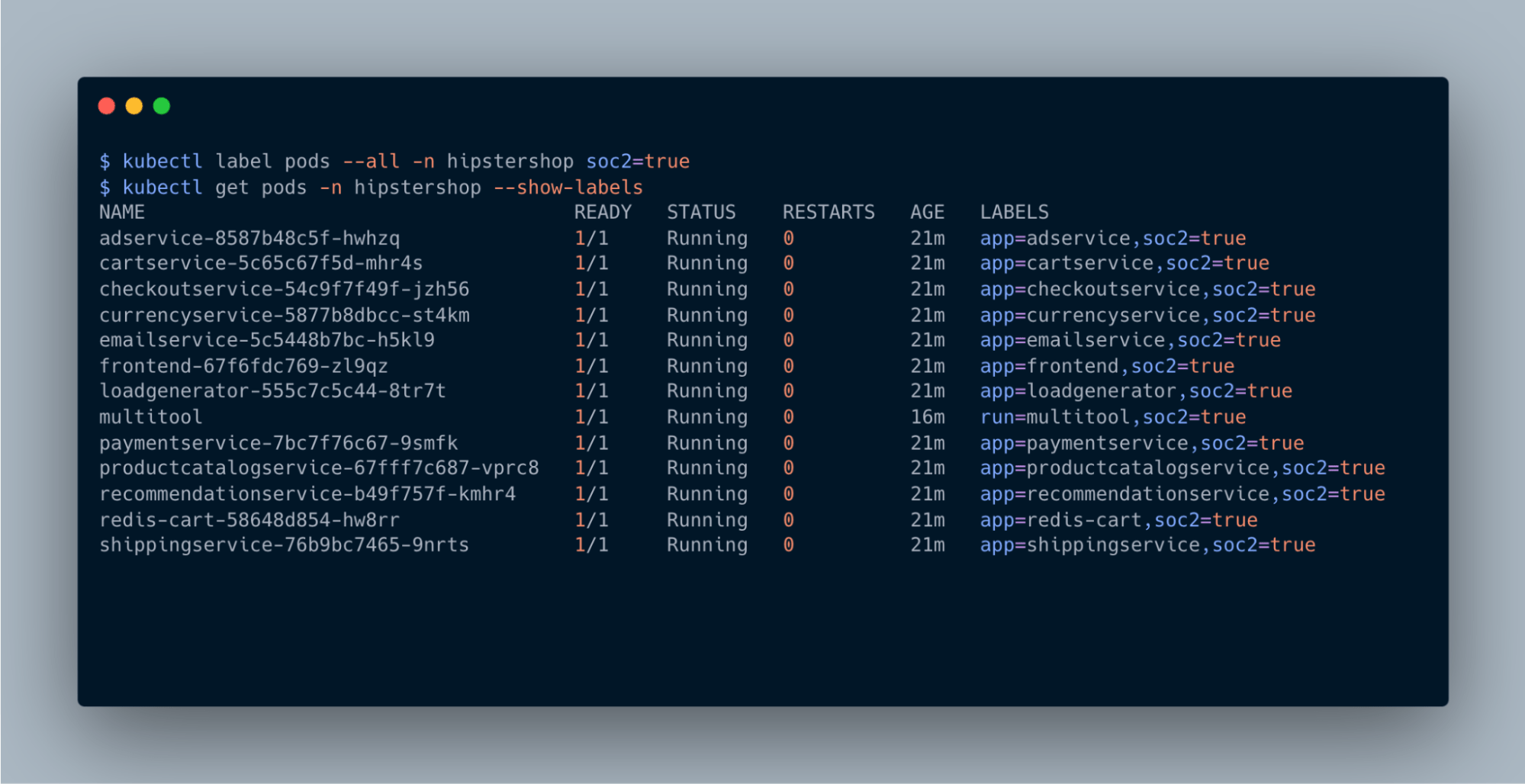Single-AS EVPN Fabric with OSPF Underlay: Underlay Network Multicast Routing: Any-Source Multicast – ASM
Underlay Network Multicast Routing: PIM-SM
In a traditional Layer 2 network, switches forward Intra-VLAN data traffic based on the destination MAC address of Ethernet frames. Therefore, hosts within the same VLAN must resolve each other's MAC-IP address bindings using Address Resolution Protocol (ARP). When a host wants to open a new IP connection with a device in the same subnet and the destination MAC address is unknown, the connection initiator generates an ARP Request message. In the message, the sender provides its own MAC-IP binding information and queries the MAC address of the owner of the target IP. The ARP Request messages are Layer 2 Broadcast messages with the destination MAC address FF:FF:FF:FF:FF:FF.
EVPN Fabric is a routed network and requires a solution for Layer 2 Broadcast messages. We can select either BGP EVPN-based Ingress-Replication (IR) solution or enable Multicast routing in Underlay network. This chapter introduces the latter model. As in previous Unicast Routing section, we follow the Multicast deployment workflow of Nexus Dashboard Fabric Controller (NDFC) graphical user interface.
Figure 2-4 depicts the components needed to deploy Multicast service in the Underlay network. The default option for selecting “RP mode” is ASM (Any-Source Multicast). ASM is Continue reading


